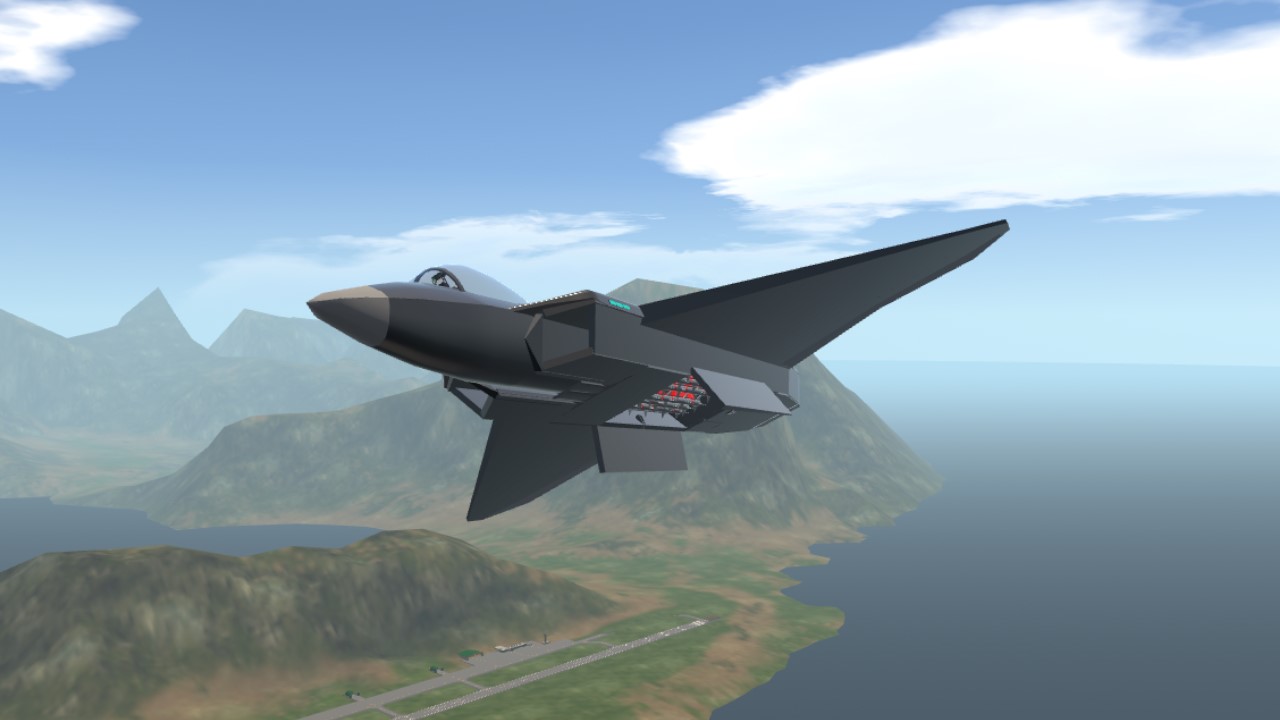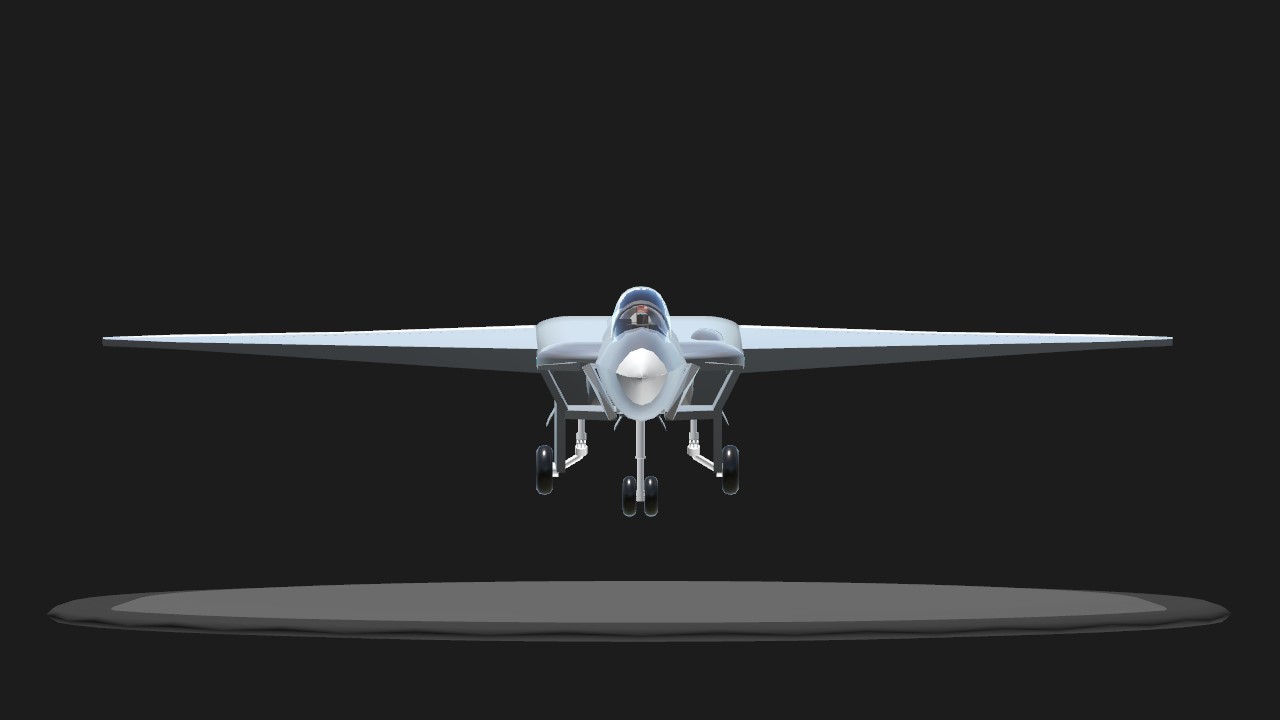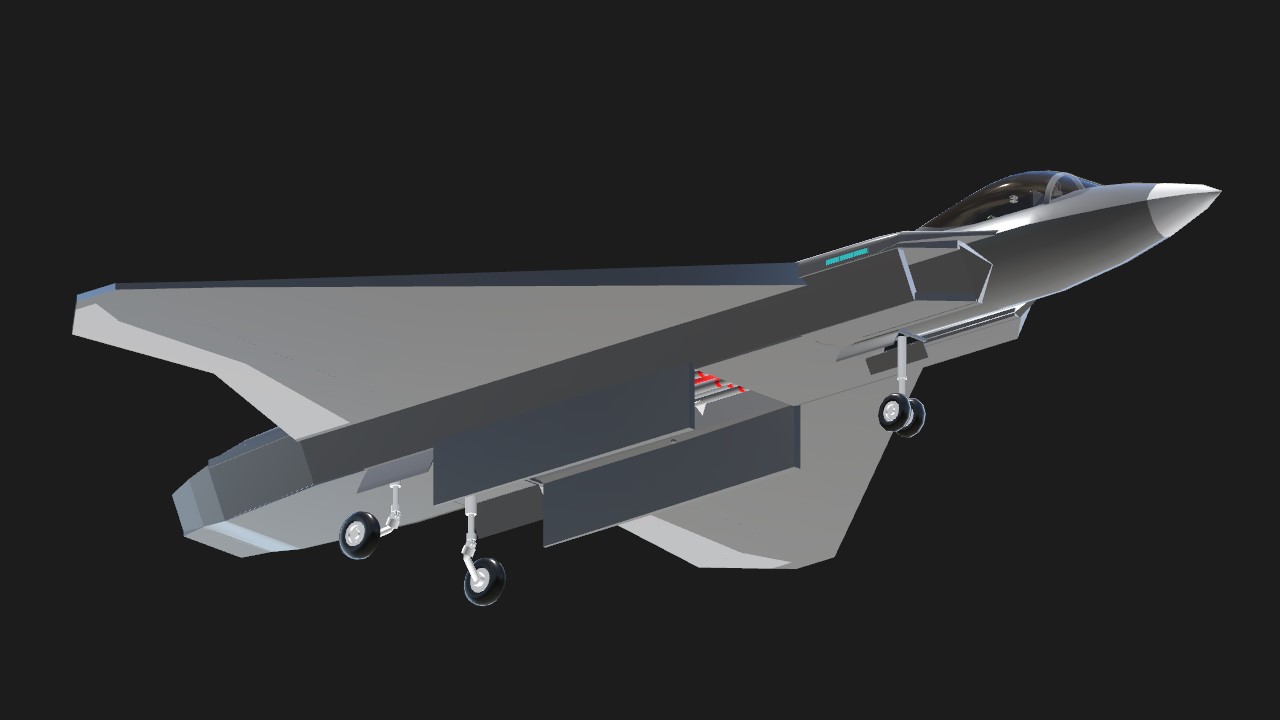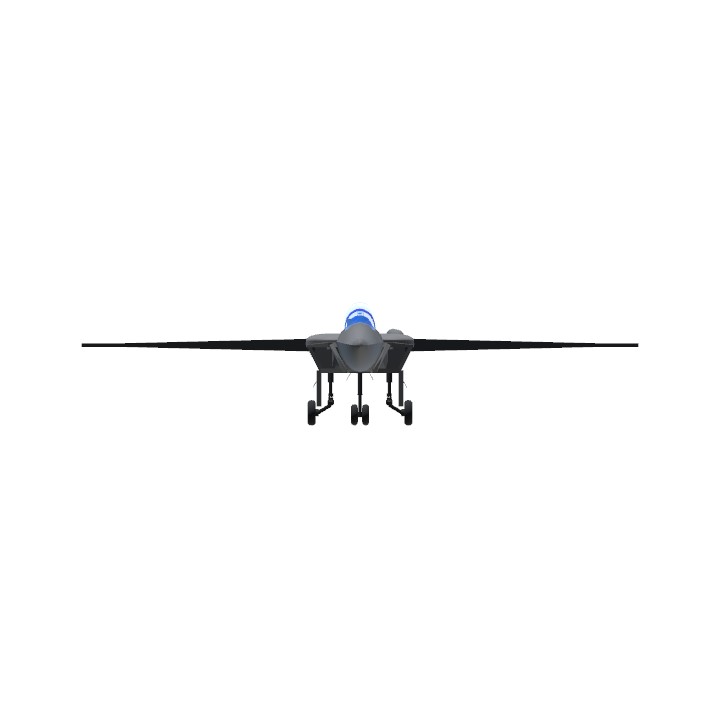A sixth-generation fighter is a concept for the next generation of advanced military fighter aircraft that will succeed the current fifth-generation fighters like the F-22 Raptor, F-35 Lightning II, Chengdu J-20, and Sukhoi Su-57. These future aircraft are still under development or in early prototype stages, with operational service expected around the 2030s to 2040s.
Key Features of Sixth-Generation Fighters
Although specific designs vary by country, common expected capabilities include:
- Advanced Stealth and Survivability
Even lower radar cross-sections than 5th-gen fighters.
Radar-absorbent materials and conformal weapon bays.
Counter-IR and multispectral stealth.
- Optional Manned Operation (Manned-Unmanned Teaming)
Designed to be flown with or without a pilot.
Ability to command drones or "loyal wingmen" (autonomous or semi-autonomous UAVs).
- AI and Advanced Sensor Fusion
Artificial intelligence for decision support, threat identification, and autonomous missions.
Real-time data fusion from onboard and offboard sensors (satellites, drones, etc.).
- Next-Gen Propulsion
Supercruise (sustained supersonic flight without afterburners).
Possibly variable-cycle engines for optimized performance and fuel efficiency.
Greater thrust and thermal management for directed-energy weapons.
Directed-Energy Weapons
Integration of lasers or microwave weapons for missile defense or close-range attacks.Hypersonic and Advanced Weapons
Capability to carry hypersonic missiles, enhanced air-to-air and air-to-ground weapons.
Smart weapons with improved precision, range, and adaptability.
- Full-Domain Situational Awareness
Real-time battlefield management and communication across land, sea, air, space, and cyber domains.
360° sensor coverage with passive and active systems.
- Cyber Resilience and Electronic Warfare
Advanced EW capabilities to jam, spoof, or blind enemy sensors.
Hardened systems to resist cyberattacks and electronic interference.
Current Projects (as of 2025)
United States: NGAD (Next Generation Air Dominance) for the Air Force and Navy.
United Kingdom: Tempest (with Italy and Japan, merged into GCAP).
Europe (France, Germany, Spain): FCAS (Future Combat Air System).
Japan-UK-Italy: Global Combat Air Programme (GCAP).
Russia and China are rumored to have early-stage concepts but limited public info.
Specifications
Spotlights
- Bugati87 5 months ago
General Characteristics
- Created On Windows
- Wingspan 50.6ft (15.4m)
- Length 65.7ft (20.0m)
- Height 12.0ft (3.7m)
- Empty Weight 35,383lbs (16,049kg)
- Loaded Weight 44,755lbs (20,300kg)
Performance
- Power/Weight Ratio 1.506
- Wing Loading 52.2lbs/ft2 (255.0kg/m2)
- Wing Area 857.1ft2 (79.6m2)
- Drag Points 5620
Parts
- Number of Parts 295
- Control Surfaces 10
- Performance Cost 1,362







@SpeederGang also, dont a ton of people know what a 6th gen fighter is
@LocalCatNamedToroInoue yeah becuz it's an early design for 6 generation fighter so take the nose cone from F-22 is the best choice.
Heavily inspired by the F-22A Raptor.
Cool